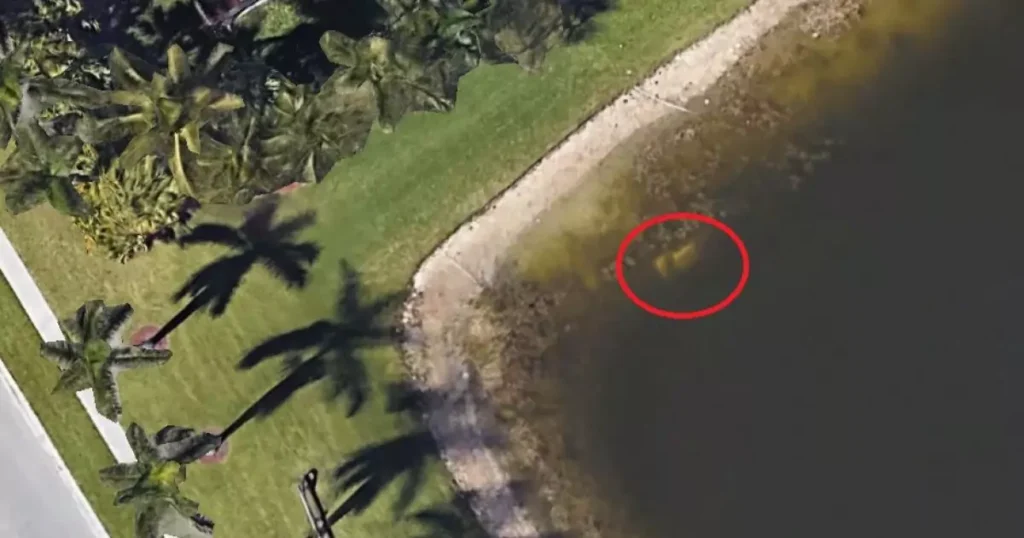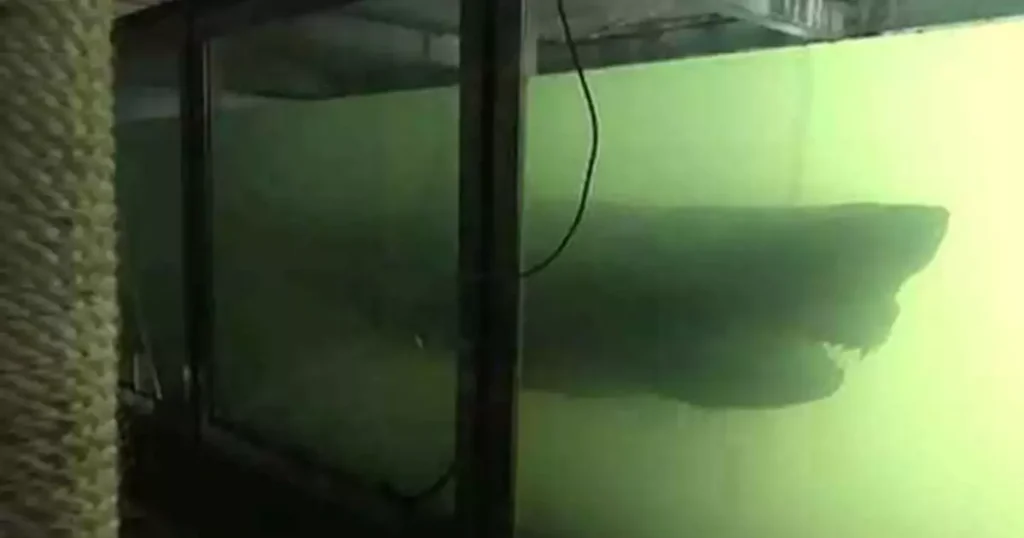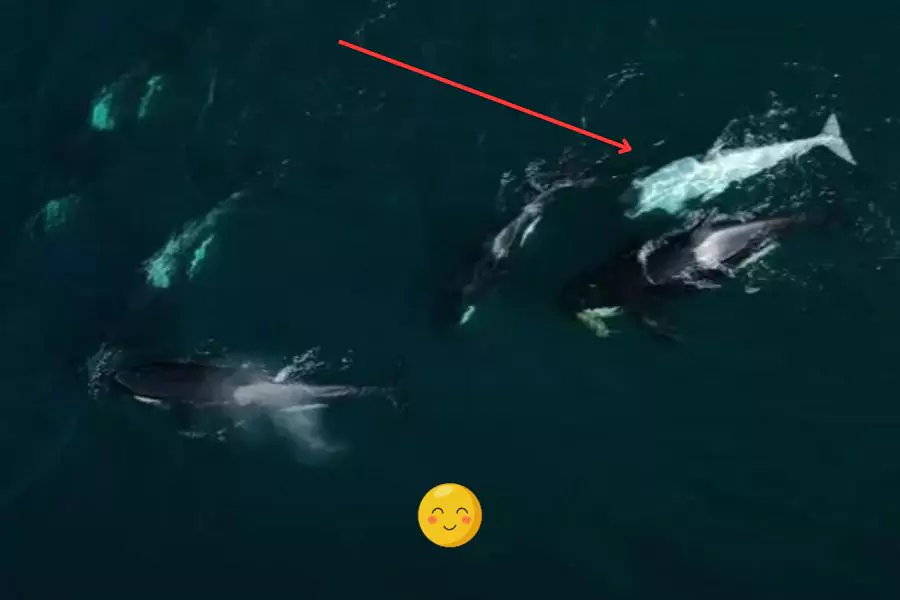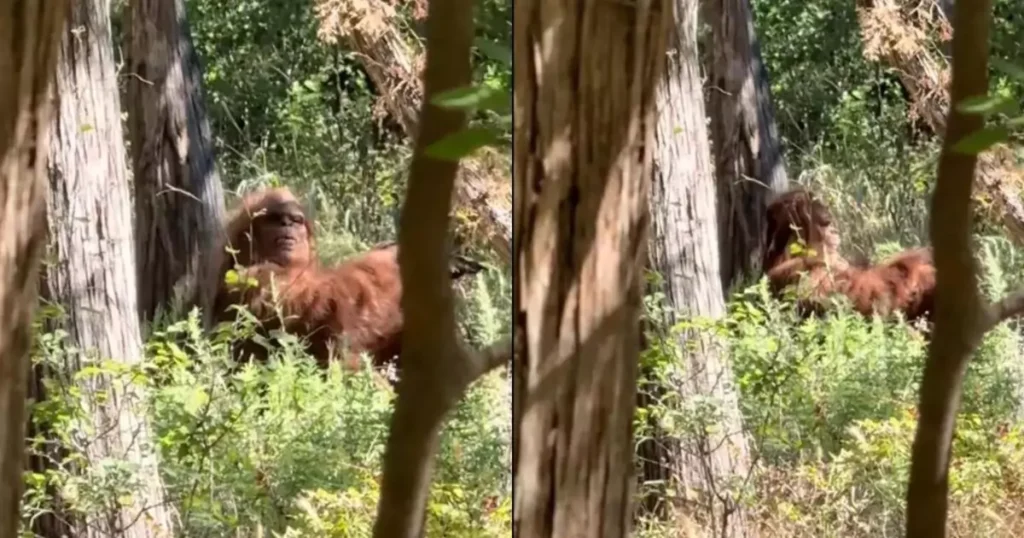
In an era fascinated by apocalyptic scenarios, a popular YouTube channel, Ridddle, recently sparked a whirlwind of curiosity with a hypothetical yet startling video. The video illustrated the potential catastrophic effects if something as minute as a sewing needle were to strike Earth at the speed of light. Although purely speculative, this scenario opens up a fascinating discussion about the power of speed and mass in physics.
Understanding the Speed of Light
Before diving into the apocalyptic scenarios, it’s crucial to comprehend the sheer velocity we’re discussing. The speed of light in a vacuum stands at about 299,792 kilometers per second. This is the ultimate speed limit of the cosmos, according to current scientific understanding, meaning that no matter or information can travel faster than light in a vacuum.
This speed is not just a number but a fundamental part of many cosmic phenomena and theories in physics, including Einstein’s theory of relativity which illustrates how time and space are perceived differently at various speeds.
Theoretical Impact of a Needle at Light Speed
Kinetic Energy at Light Speed
The concept of kinetic energy, 𝐾𝐸=12𝑚𝑣2KE=21mv2, where 𝑚m is mass and 𝑣v is velocity, helps us understand why even a tiny needle could be devastating at light speed. As velocity increases, kinetic energy, which translates to the energy of motion, increases exponentially.
At the speed of light, this energy would be immense, though theoretically, mass cannot reach the speed of light as it would require infinite energy according to relativity. However, for the sake of this thought experiment, if we suspend this rule, the needle’s kinetic energy would rival that of large-scale catastrophic events.
Scenario One: Explosive Impact
The most immediate and visually spectacular scenario would be the needle creating an explosion upon impact due to its immense kinetic energy. The energy released would likely be equivalent to, or surpass, that of the most powerful nuclear bombs. This explosion would result in a massive crater, shockwaves, and potentially alter global climate patterns.
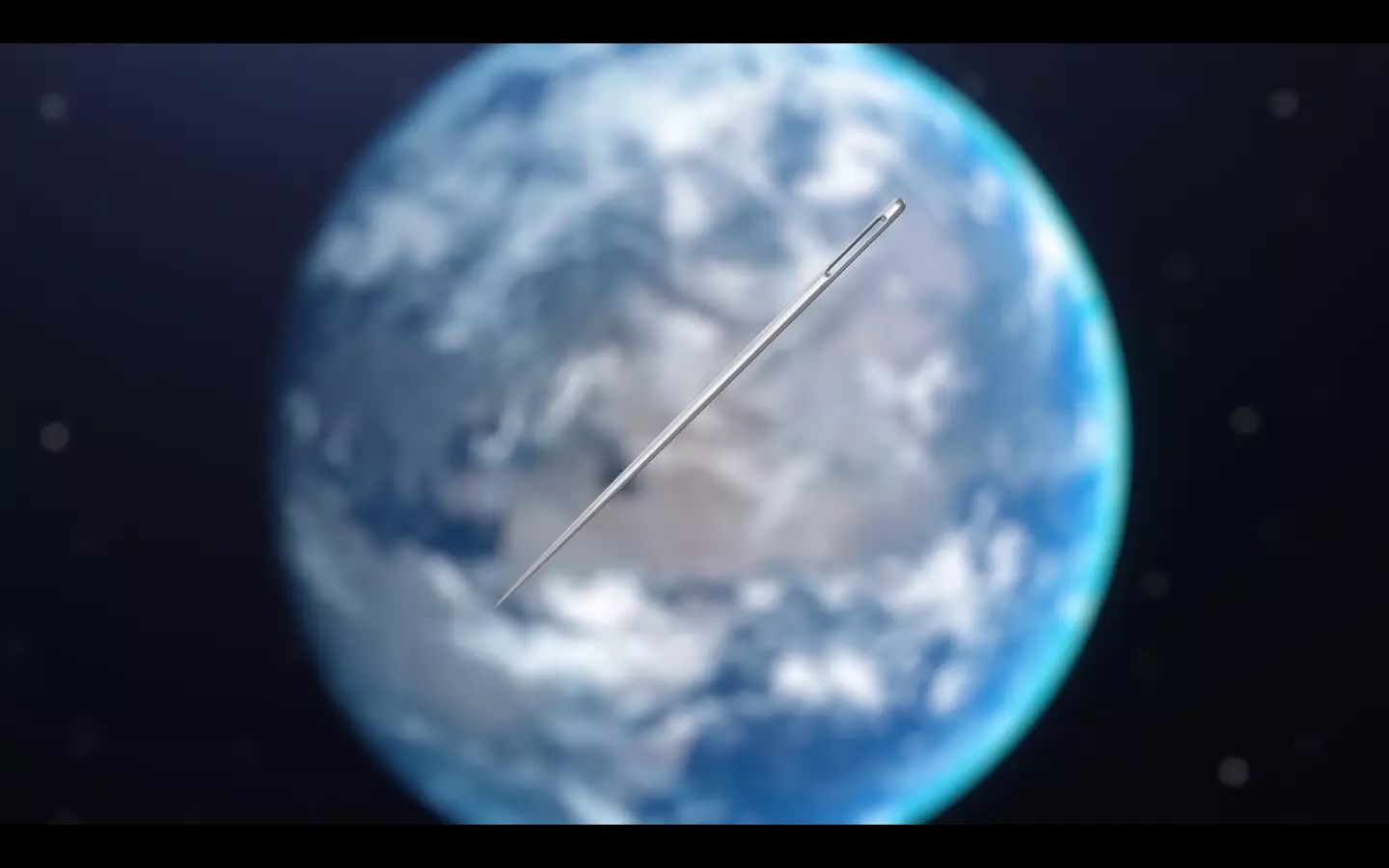
Scenario Two: Subterranean Chaos
Alternatively, if the needle managed to maintain its structural integrity upon impact, it might penetrate deep into the Earth’s crust. This scenario could lead to geological disturbances like earthquakes or even more dramatic, the release of magma and gases from the Earth’s mantle, similar to a super volcanic eruption.
Scenario Three: A Clean Passage
The least destructive, but still remarkable, outcome would be if the needle, due to its small size and the incredible speed, simply passed through the Earth. This would possibly leave a clean, narrow channel from entry to exit point. The global effects might be minimal, but the local impact could still be notable depending on the exit location.
Implications and Reflections
These scenarios, while based on a hypothetical and impossible premise, serve as intriguing thought experiments that challenge our understanding of physics. They demonstrate the enormous scale of energies involved in high-speed movements and the potentially devastating impacts of even the smallest objects moving at such speeds.
Broader Impact
Discussing these scenarios helps illustrate fundamental principles in physics and their application in understanding real-world phenomena, such as meteor impacts, which involve high speeds but not quite at the speed of light. These discussions also enhance public interest and understanding of science, making complex theories more accessible and engaging.
Conclusion
While the idea of a needle moving at the speed of light is purely theoretical and not possible with our current understanding of physics, the discussions it sparks are invaluable. They allow us to explore and question the limits of our physical world and the laws that govern it. Such thought experiments are not just about predicting apocalyptic outcomes but about pushing the boundaries of what we know and expanding our curiosity about the universe. In essence, while we are safe from hyper-speed needles, the quest for knowledge about such extreme scenarios continues to propel science forward.













